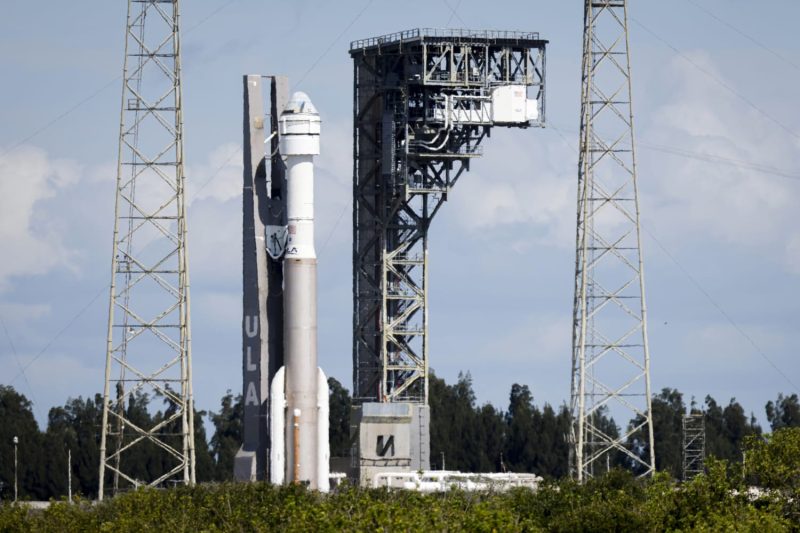In a recent development in the realm of space exploration, Boeing and NASA have announced that the Starliner astronaut launch will proceed as planned, despite a reported helium leak in the spacecraft. This decision has led to much speculation and discussion within the aerospace community, with experts weighing in on the potential risks and benefits of moving forward with the mission.
The Starliner spacecraft, developed by Boeing as part of NASA’s Commercial Crew Program, is intended to ferry astronauts to and from the International Space Station (ISS). The upcoming launch was meant to be a critical test flight, paving the way for future crewed missions. However, the discovery of a helium leak in the propulsion system has raised concerns about the safety and reliability of the spacecraft.
Boeing and NASA have maintained that they are confident in the spacecraft’s ability to safely transport astronauts to the ISS, despite the helium leak. Engineers have identified the source of the leak and have implemented measures to mitigate any potential risks. Additionally, rigorous testing and analysis have been conducted to ensure the safety of the mission.
Critics of the decision to move forward with the launch have raised valid concerns about the potential consequences of a malfunction during the mission. A helium leak in the propulsion system could compromise the spacecraft’s ability to reach its intended destination or return safely to Earth. The safety of the astronauts on board is paramount, and any risks must be thoroughly evaluated before proceeding with the launch.
On the other hand, proponents of the decision argue that delays in the mission could have significant implications for NASA’s crewed spaceflight program. With the retirement of the Space Shuttle fleet and the reliance on Russian Soyuz spacecraft for crew transportation to the ISS, the need for a reliable and efficient domestic crewed transport system is more critical than ever. Moving forward with the Starliner launch could help bridge the gap and reduce dependence on international partners for crewed missions.
Ultimately, the decision to proceed with the Starliner astronaut launch in light of the helium leak represents a delicate balance between the imperatives of safety, schedule, and mission success. Boeing and NASA are working tirelessly to address the technical issues and ensure the reliability of the spacecraft for the upcoming mission. The outcome of this high-stakes endeavor will undoubtedly shape the future of crewed space exploration and pave the way for further advancements in human spaceflight.
